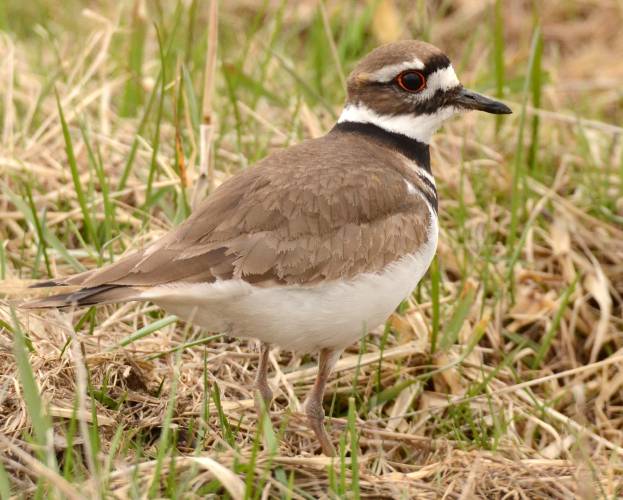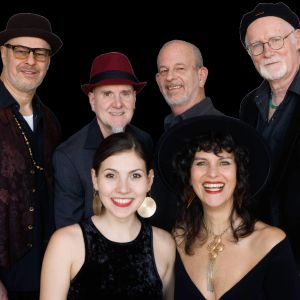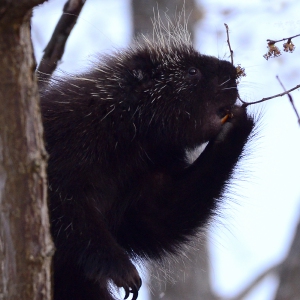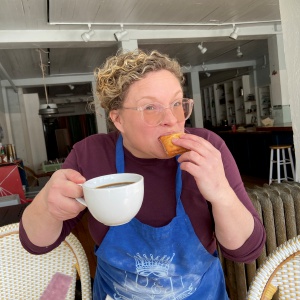Speaking of Nature: Cute as a killdeer: The killdeer have just arrived and are busy setting up territories

With a bright white breast, black rings on the neck and forehead, and large lustrous eyes, the killdeer is difficult to confuse with any other bird in our area. Note how easily the bird can blend in with the dead grasses. PHOTO BY BILL DANIELSON
| Published: 04-08-2025 12:16 PM |
We have reached that time of year when going to work in the morning becomes more difficult with every passing day. The world is waking up from its winter slumber and more and more items of interest present themselves to be observed and adored. I have a rather lengthy commute to work and as the amount of daylight increases each day, so to do the number of distractions. Like Odysseus tempted by the Sirens, I navigate this passage of temptation every day. There are mornings when I feel like my heart will break as I am forced to pilot myself past birds and flowers that sing out to me and beg me to stop and pay attention to them.
Such was the case last week when, driving past an open hayfield, I saw a familiar form standing at the edge of the road. It was a killdeer (Charadriusvociferus) and it was the first one that I had seen this year. Any birders reading this column will be familiar with the “zing zing” of the heartstrings whenever a migratory bird is seen for the first time in a given year. It is as though you are hosting a party for old friends and you jump for joy whenever the doorbell rings. In the fall the birds leave for greener pastures and a sense of melancholy settles over you because you feel left behind. But in the spring your friends return and bring an unmistakable wave of joy with them. The weather in April may not be the best, but the camaraderie is wonderful.
The killdeer is a bit of an odd duck in the sense that it is a member of the avian order Charadriiformes (aka the shorebirds). More specifically, the killdeer is a member of a group of birds known as plovers, which tend to be found near the ocean coasts. They are plump little birds, but they are remarkably graceful and they seem to fly effortlessly. They are beautiful, they are captivating and they are here.
With very large eyes and relatively short beaks, plovers are birds that hunt by sight. The majority of their diet consists of invertebrates like worms, grubs, beetles, and other insects. These are found by slowly moving across areas of short grass where the prey items can be seen and spotted. Their preference for such habitats suggests that human activities such as mowing lawns and creating fenced-in pastures for livestock accidentally provide perfect habitat for them. Killdeer will even follow tractors in agricultural areas in the hopes of finding little edible creatures that are stirred up by the machines.
Humans are great at making habitat for killdeer, but things get a little trickier for them when it comes to nesting. Killdeer need to find quiet places where they can lay their eggs on the ground. Further complicating this necessity is the fact that the ground needs to be almost entirely free of vegetation. What the birds look for is a patch of ground where rocks and gravel are right at the surface, allowing them to lay their eggs on the ground without any danger of rainwater pudding and killing the chicks in the eggs.
Humans also make this sort of habitat, but it needs to be somewhat quiet and definitely free of visits by lawnmowers and other machinery. Parking areas work fairly well and I remember one summer when I was delighted to cross paths with a female killdeer and one of her chicks who were exploring the short grass at the edge of a parking lot at a mall. I’ve also seen killdeer nesting near garages and tool sheds that house winter equipment like snowplows. These are areas that stand idle for most of the summer and the birds can often nest without being noticed.
If they are discovered, the adults will begin the most extraordinary display of deceit, feigning a broken wing in the hopes of capturing so much of your attention that they lure you away from their eggs, or give their young chicks time to slip away while your are mesmerized by the performance. The bird will fan out its tail, exposing beautiful orange feathers on the rump. Wings will be splayed out and even dragged on the ground as the bird makes quite a racket. Once you have been drawn away a sufficient distance, the ruse is abruptly ended and the bird, miraculously healed, takes to the air with a call that I compare to quiet laughter.
At present, the killdeer have just arrived and they will be busy setting up territories while they wait for the weather to improve. But in no time at all the females will be laying eggs and the parents will take turns incubating them for about a month. The new chicks are even more adorable than baby chickens; little cotton balls with skinny legs and huge eyes. One look at a baby killdeer would simply melt your heart. If only there was room for more photos! In less than a month the chicks can fly and then family groups will linger together until it is time to head south for the winter.
Article continues after...
Yesterday's Most Read Articles
After a long winter I think that I will have no trouble encouraging you to get outside. Only the predictably annoying weather will keep you inside, but the days are getting longer and warmer by the minute. Finally, I realize that comparing myself to Odysseus in the opening paragraph might have seemed a bit self-aggrandizing, but it was 2:30 a.m. when I started and I was the one with the keyboard.
Bill Danielson has been a professional writer and nature photographer for 27 years. He has worked for the National Park Service, the US Forest Service, the Nature Conservancy and the Massachusetts State Parks and he currently teaches high school biology and physics. For more in formation visit his website at www.speakingofnature.com, or go to Speaking of Nature on Facebook.






 Sounds Local: Cover bands abound at the Shea: Big Yellow Taxi will perform much of Joni Mitchell’s ‘Ladies of the Canyon’ this Saturday
Sounds Local: Cover bands abound at the Shea: Big Yellow Taxi will perform much of Joni Mitchell’s ‘Ladies of the Canyon’ this Saturday Speaking of Nature: A surprise in my maple tree: Porcupines just want to find something tasty to eat and be left alone
Speaking of Nature: A surprise in my maple tree: Porcupines just want to find something tasty to eat and be left alone Little pillows of golden goodness: The beignet recipe of your dreams, courtesy of our beloved local Wells Provisions
Little pillows of golden goodness: The beignet recipe of your dreams, courtesy of our beloved local Wells Provisions The cost of addiction: New novel draws on Valley backdrop to explore how substance use upends people’s lives
The cost of addiction: New novel draws on Valley backdrop to explore how substance use upends people’s lives
